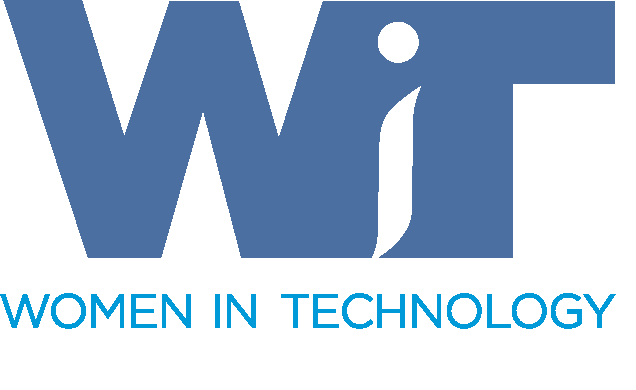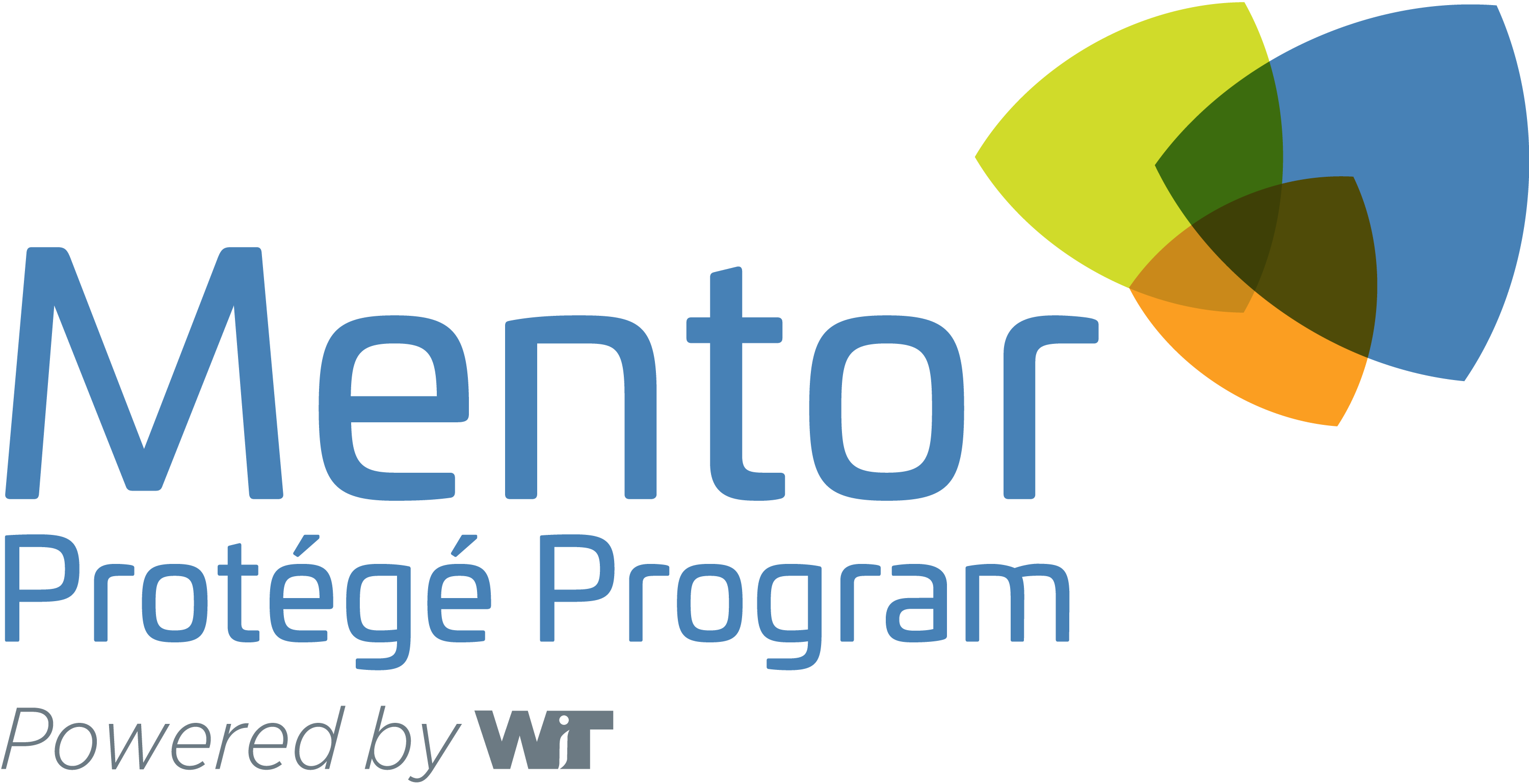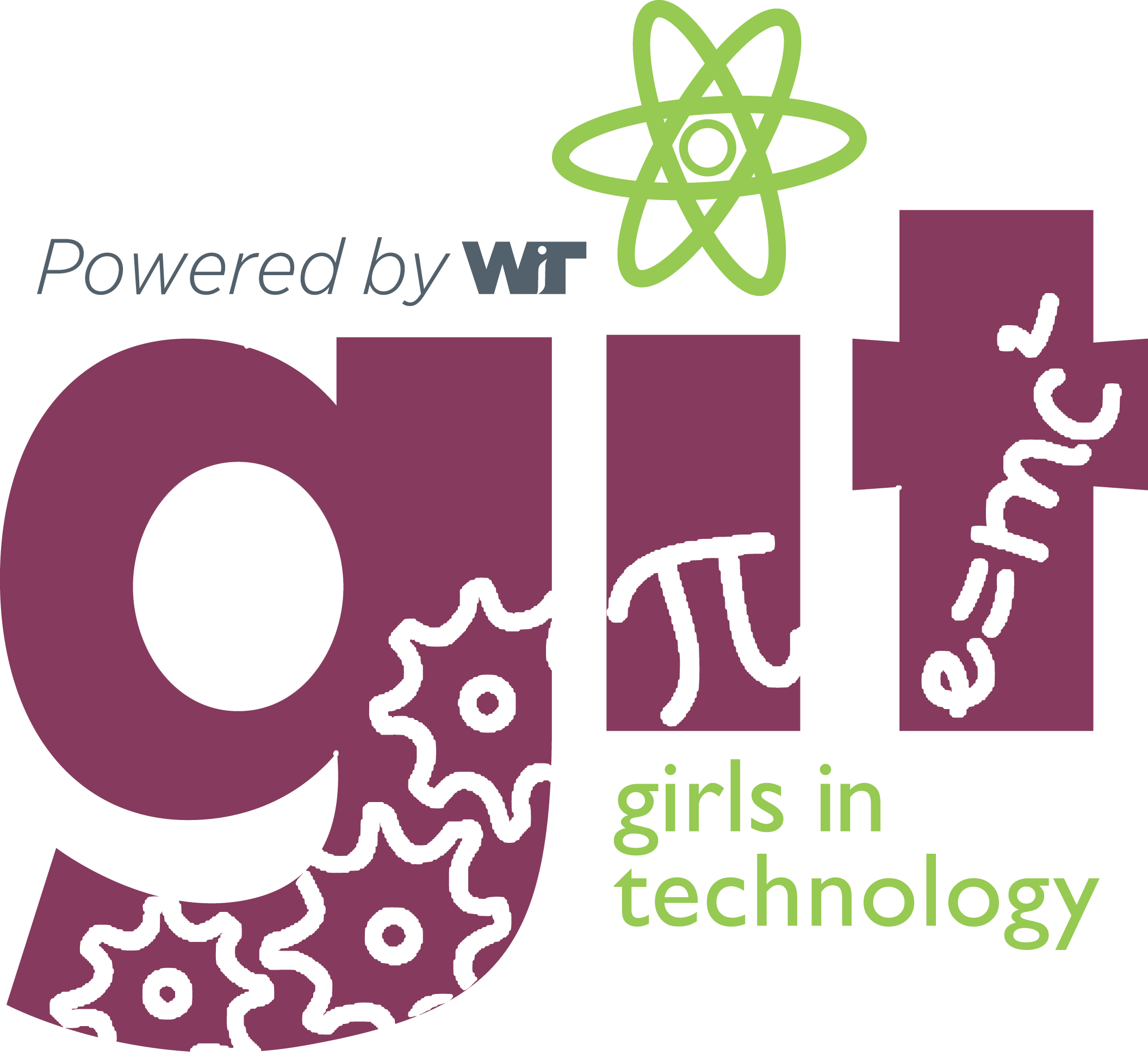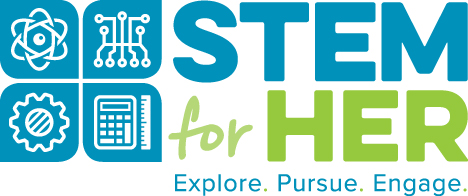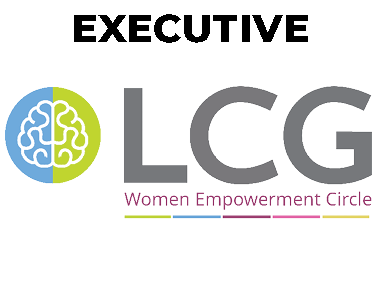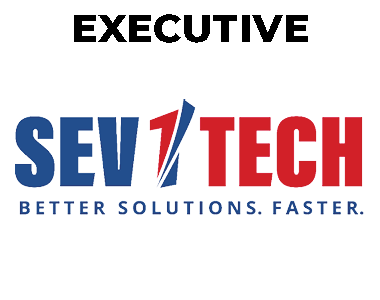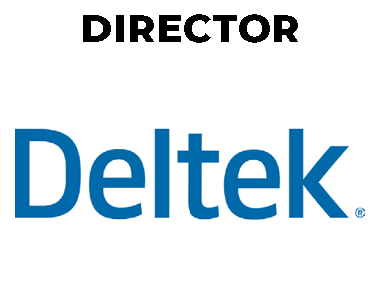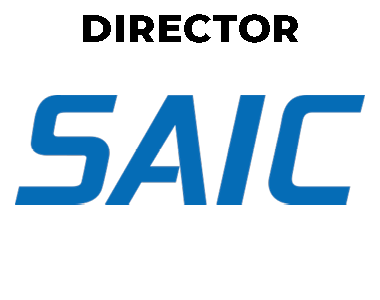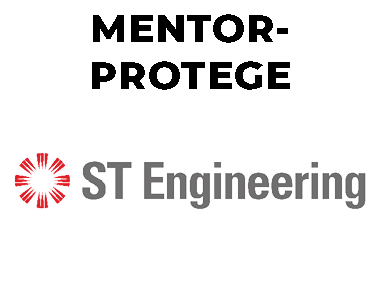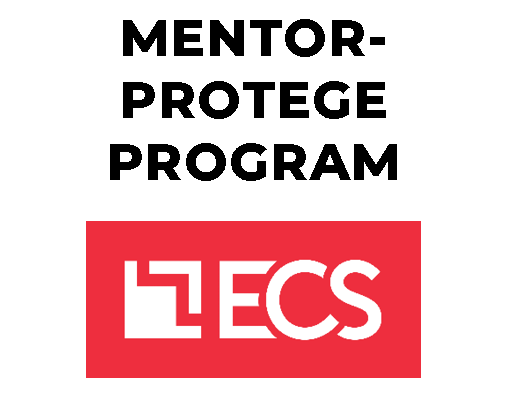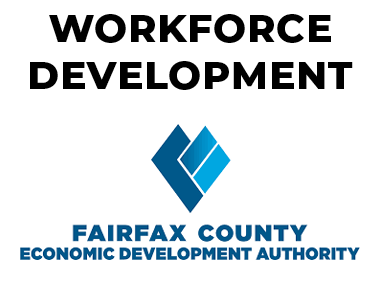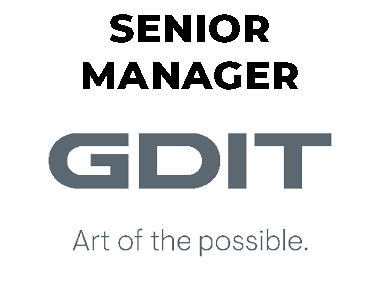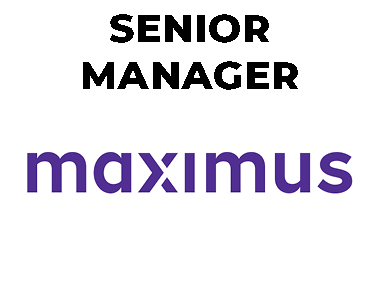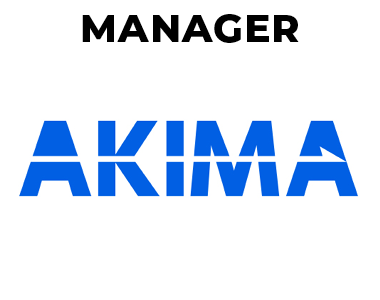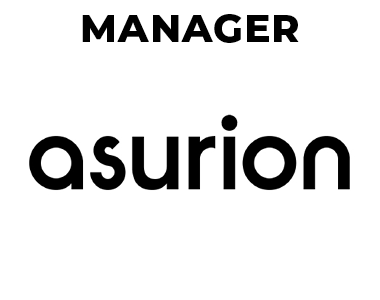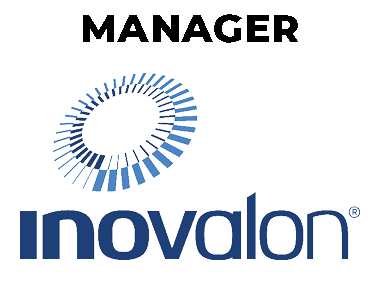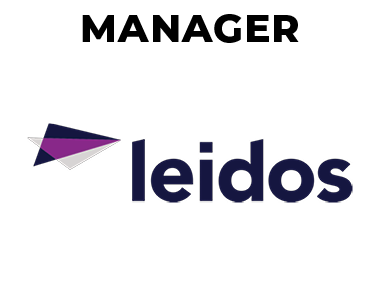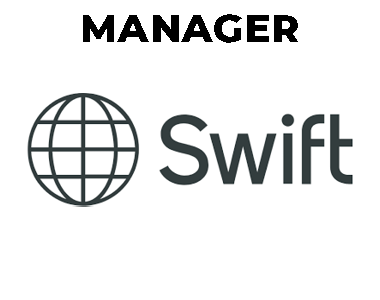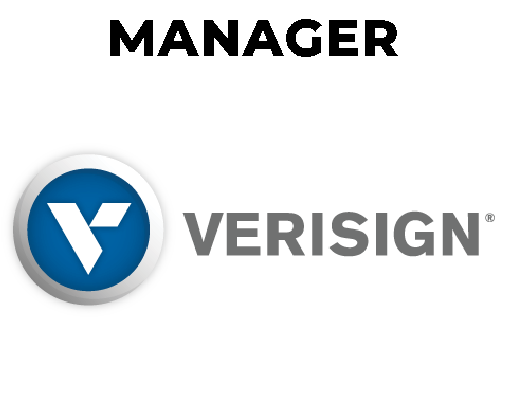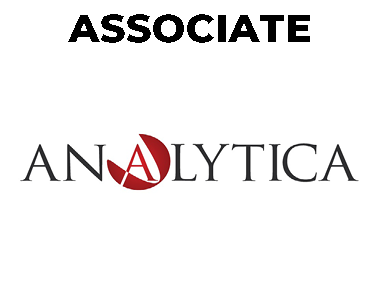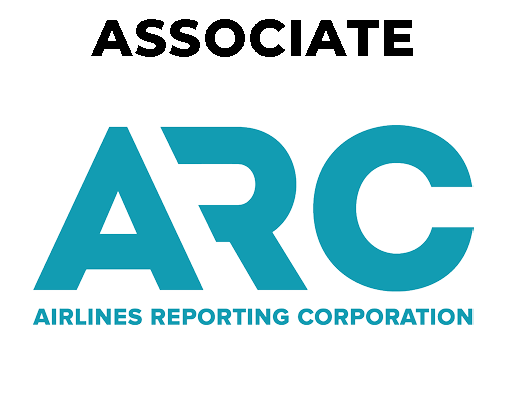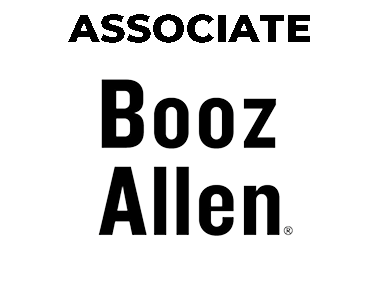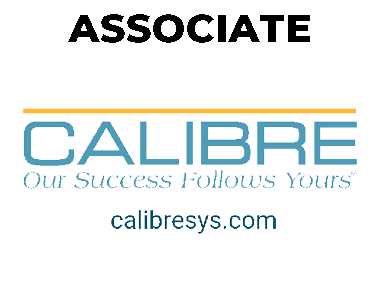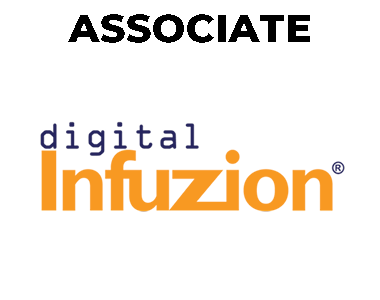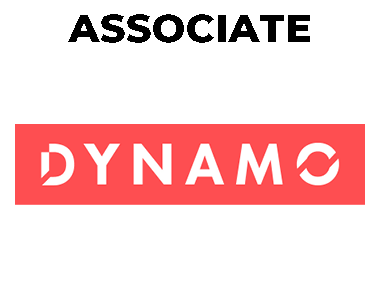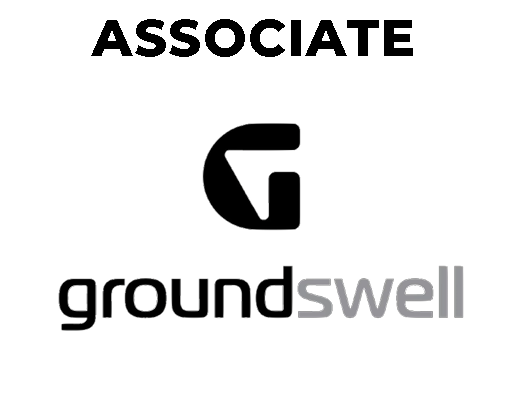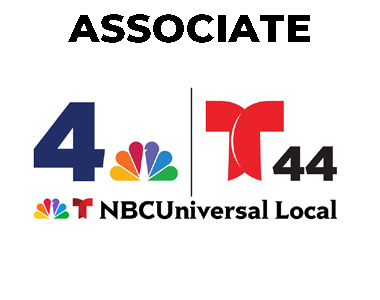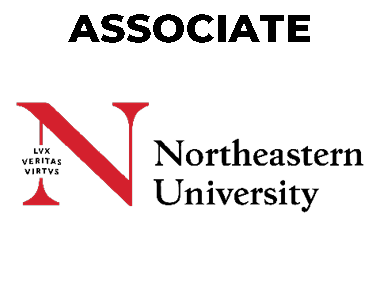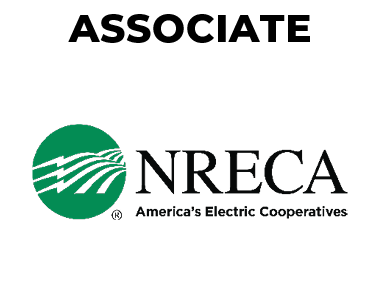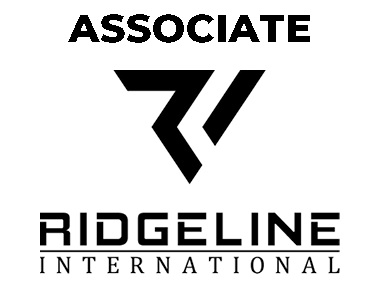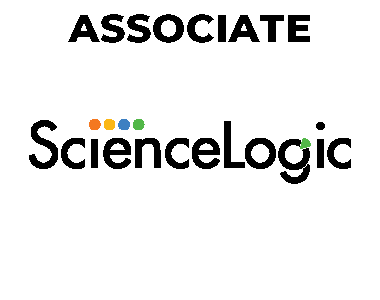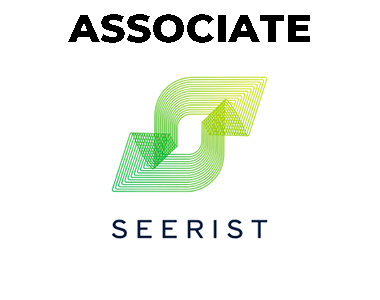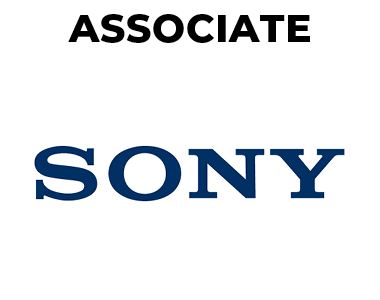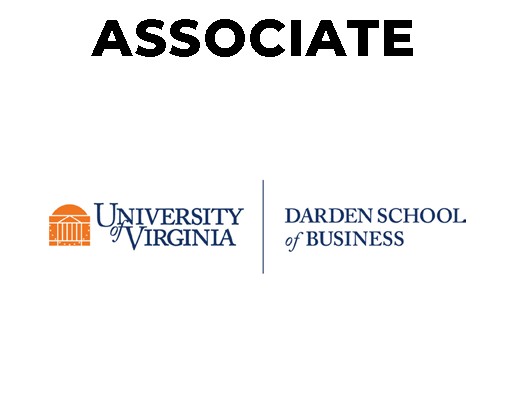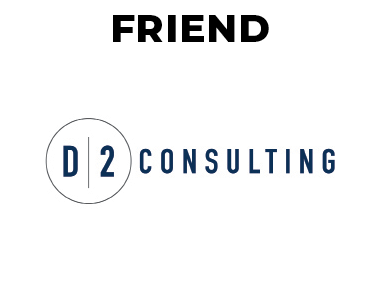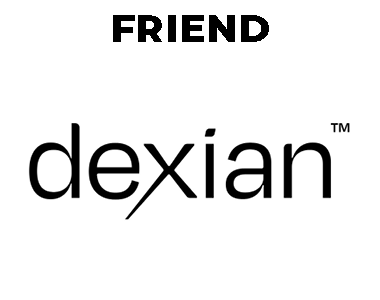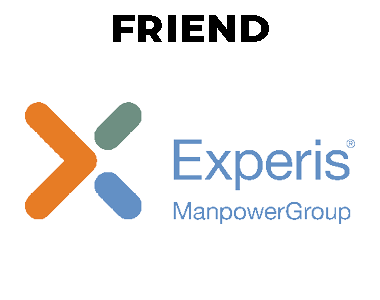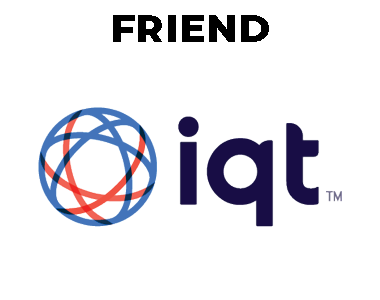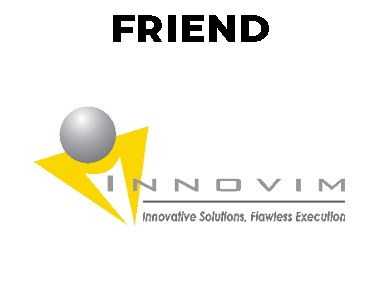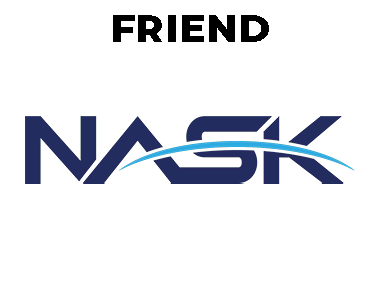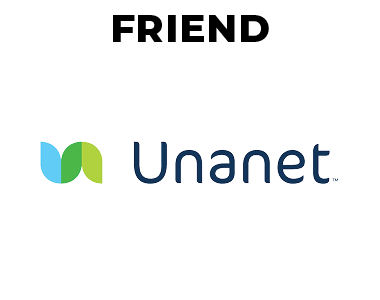On October 17th, Women In Technology (WIT) will welcome Emily Miller, an Assistive Technology Coach, and Claire Walsh, Director of Engineering and Services at Excella, for a discussion on Sixth Sense Technology. In advance of our event, we asked Emily and Claire to share some of their thoughts on the topic with the following Q&A.
For the sake of this conversation, we are defining Sixth Sense Technology as any type of technology which enhances the five senses. Technology includes but is not limited to Artificial Intelligence (AI), Assistive Technology (AT), Virtual Reality (VR), Augmented Reality (AR), Immersive Technology, and Predictive Analytics.
How do you think Sixth Sense Technology will evolve in the next year, 5 years, 20 years?
Emily: Assistive Technology (AT) is used to provide an individual with disabilities an equal opportunity to interact within their environment. 50 years ago, inventions like the closed-circuit television (CCTV), which gave individuals with hearing impairment the ability to watch TV and the cochlear implant, allowing individuals with hearing impairments to be able to understand words without lip-reading, all helped to make the individuals environment more accessible revolutionize how individuals with disabilities interacted within their environment. However, these software’s or devices were extremely costly, not transferable/ and or transportable to different environments, limiting the individual. Tremendous improvement has been made in the field of AT, making items, software, and devices more affordable, transportable, and user-friendly. In return, AT has become more mainstream within the disability community.
Individuals are starting to realize that AT is not just for individuals with physical disabilities; it can benefit a large group of people. Because of this, the consumer is starting to demand that products become more a line with the standards of universal design. Over the next few years, I foresee the legislation around AT improving and becoming more explicit. I also believe there will be an increase in the number of individuals with disabilities in the workforce. By embedding intelligence into the workplace environment, the environment can now become adapted easier at less cost. This removes the need for predefined services, which are expensive and or time-consuming; rather, services are reconfigured in real-time to accommodate the individual's needs within the different contexts of use.
For example, a sixth sense system that can detect where the person is and what he or she needs to in that location (e.g., stock the self with paper towels or these are the ingredients and where to get them for this sandwich). The Bureau of Labor Statistics (BLS) states that the unemployment rate of individuals in America with a disability is twice as high compared to their non-disabled peers, so by tapping into this underrepresented marked in the workforce you are bringing about a more diverse and innovative workforce.
What is the biggest challenge in this field right now?
Claire: Data quality is a recurring challenge and has long been an issue for anyone working with data. If the data you have isn’t complete or is inconsistent, the results of any analytics effort will be less reliable. If users lose confidence in your solution, they will stop using it. Insight into data quality at the outset of any data-driven solution is critical to determine what data can or should be used. The quality challenge increased exponentially with the amount of data now produced and the myriad of formats it can generated from and stored in. Many organizations do not have data governance programs to support data quality initiatives, and those that do are struggling to keep pace with the scale of data available. As we become a more data-driven society, data quality becomes increasingly important for business success and individual peace of mind.
Emily: Within the field of AT, I feel that there are two significant challenges. The first major challenge is to overcome is the misconceptions that using AT is cheating. Do you consider someone who wears glasses to be cheating? Of course not. Glasses are a type of AT because they allow someone with poor vision to see better. Likewise, AT allows individuals with cognitive, communication, sensory impairments, and mobility challenges to improve their functioning and quality of life. The 1988 Director of IBM’s National Support Center for Persons with Disabilities said it best, “for most people, technology makes things easier. For people with disabilities, however, technology makes things possible.” The second major challenge with AT is funding. AT can be costly and out of reach for many who need it most. While there is some funding for AT devices, this funding is often difficult to access and requires a great deal of advocation, time, and energy. These funding sources are better than what individuals have been afforded in the past, but we are still not where I think we need to be.
Can you provide an example of Sixth Sense Technology Sixth Sense Technology that you are impressed by?
Claire: I’m impressed by the work Excella has delivered with Health and Human Services Office of Inspector General (HHS OIG) Chief Data Officer and Chief Technology Officer. Our team created a fraud detection and insights solution which helps auditors identify grant awardees with a high likelihood of fraud. Using machine learning models and the scalability of working in the Cloud, the solution ingests and searches through within hundreds of thousands of grant audit results stored in PDF files to identify audit findings. The solution then assesses the text of the finding to determine if the audit outcome indicates a risk for grants fraud and the risk significance. The results are displayed in an online portal that enables auditors to quickly identify which organizations need closer attention. This tool has helped them uncover and prosecute a podiatrist leading a $1.5 million fraud scheme and a $35 million scheme involving network of pharmacies, a home health agency, and a doctor. Previously, auditors relied on hotline tips or their own past experiences to look for fraud, it was simply not viable to have anyone hand reviewing hundreds of thousands of documents – something a machine can do at speed and scale. Now OIG resources can be invested in scrutinizing grants with the highest risk of fraud resulting in the greatest likelihood of taxpayer healthcare dollars returned for use on critical programs.
Emily: I am impressed by the prototype’s students are creating to help individuals with Parkinson’s who struggle with “freezing.” “Freezing” is a common occurrence when an individual with Parkinson is walking. Their brains are signaling their legs to move, but their legs do not respond, causing the individual to be temporarily stuck in place. Research has shown that in those cases, an audio signal, such as a metronome beat or visual cue, like a light projected ahead of the person’s position, can help to signal the legs to start walking again. A very common AT a device that is currently used is a walking cane that produces a laser line in front of the walker every time the cane contacts the ground.
Students from MIT are working to approve upon this concept with a prototype they built. They built a prototype device out of a step tracker. When the tracker senses stillness, it projects a laser and starts playing a metronome beat to help the individual start walking again. Students from Rice University have taken their own spin on this concept. They are working on improving this concept through an application. The application projects a picture of a circle onto the ground to provide a visual cue to its user, it also can provide a vibration or audio cue. Individuals can use this app by sliding their phone into a lanyard. While the concept of Parkinson is complex, it is exciting to see how small augmentations to reality can help empower an individual and improve one's quality of life.
What are the most critical changes that we must make to face the future effectively?
Claire: Common sense regulation around the use of data and AI needs to be tackled in the coming years. It is a ‘wicked problem’ to address because of constant change and complexity. While the European Union (EU) has taken a significant first step with General Data Protection Regulation (GDPR), with mixed results, and so have some states (i.e. the California Consumer Privacy Act of 2018), at the federal level the U.S. appears to be taking a ‘wait and see’ approach; this will likely result in a significant negative event which will spur initial legislation. Finding a balance between establishing effective legal rights that protect organization and individuals without stifling commerce and innovation – and getting this passed in an increasingly partisan environment – is a mammoth task. However, there are organizations focused in this area, like the Center for Data Innovation and OpenAI, who are active advocates for these types of public policy changes. In the meantime, my advice to any organization is to stay informed about the relevant legislation related to data privacy and security, understand the impacts and risks, then introduce guidelines and education around data and AI use to increase awareness. The goal is to start a conversation about potential impacts, rather than enforce arbitrary rules.
